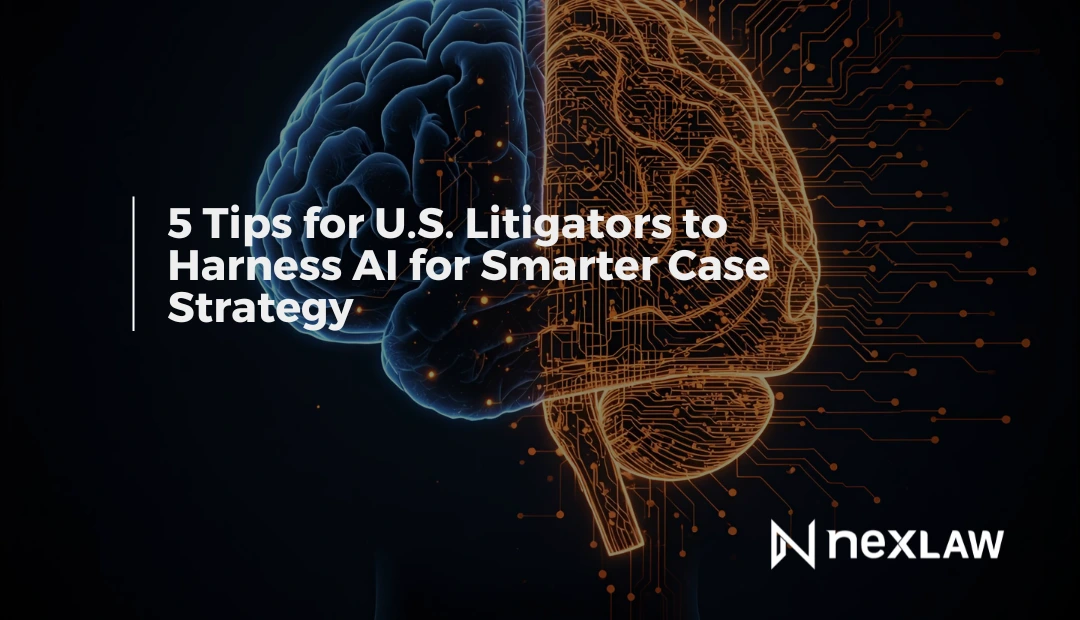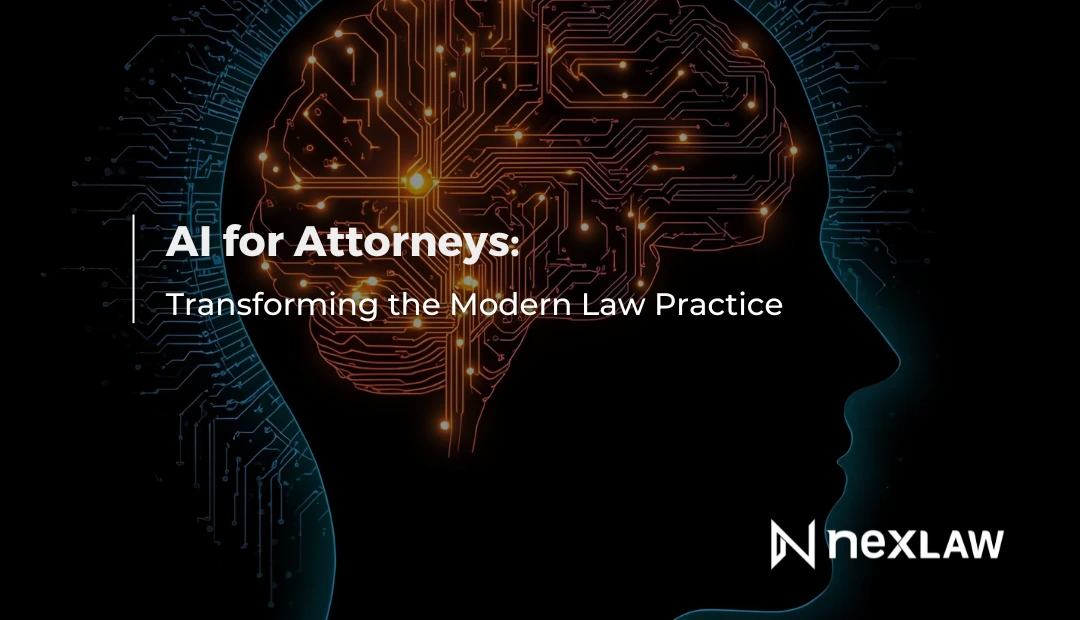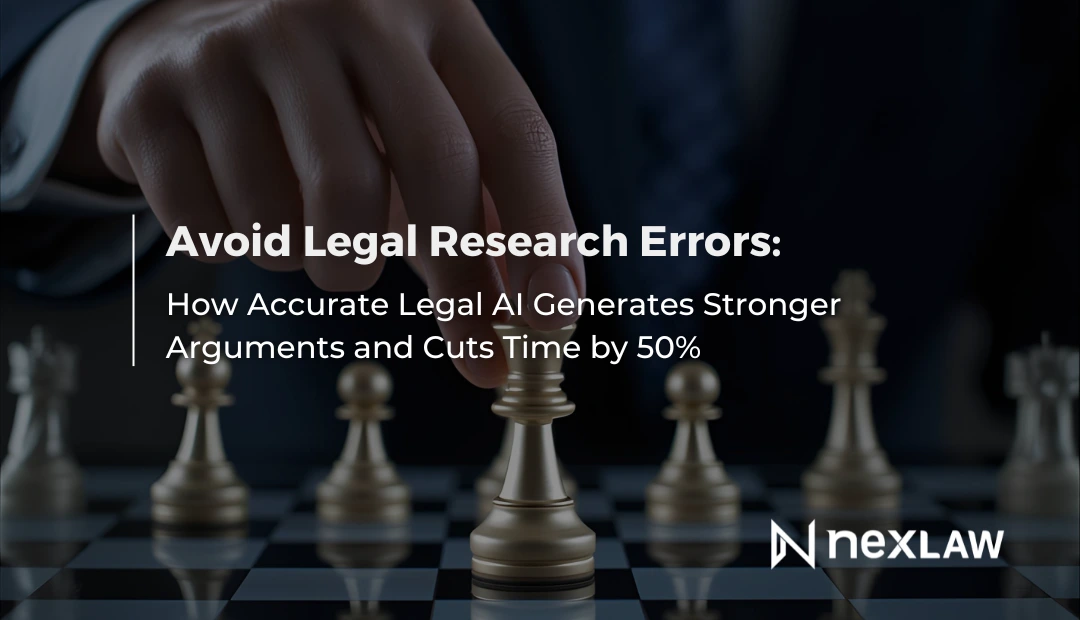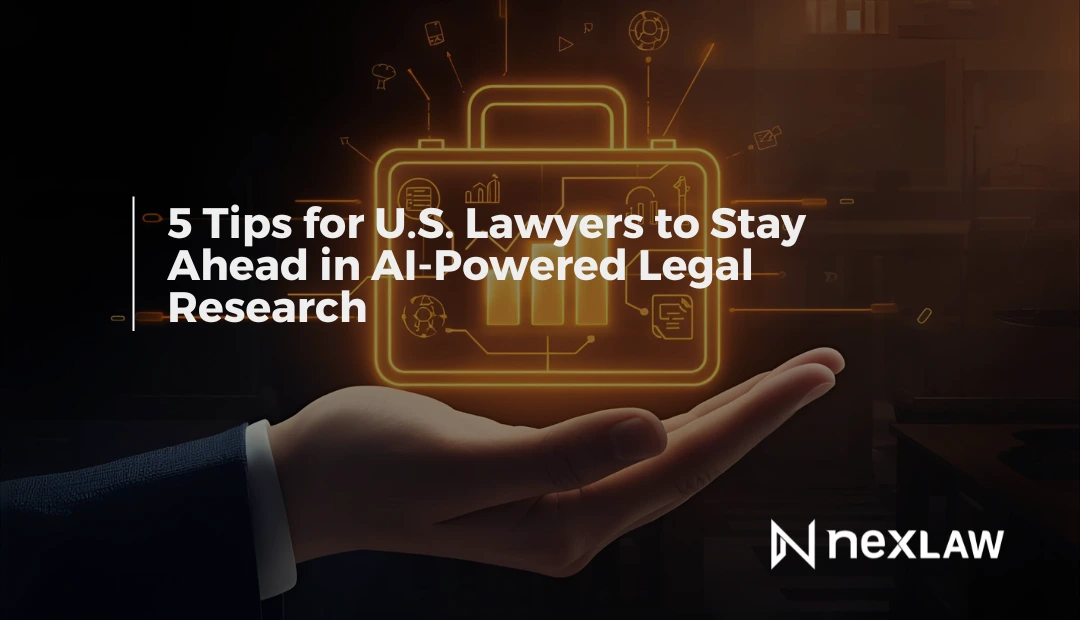5 Tips for U.S. Litigators to Harness AI for Smarter Case Strategy
Introduction: AI as a Strategic Advantage
Artificial intelligence (AI) is no longer just a buzzword in legal technology—it is a practical tool that U.S. litigators can use to improve efficiency, support case strategy, and deliver better client outcomes. By automating routine tasks, analyzing data, and providing actionable insights, AI is reshaping how litigation teams prepare and execute cases.
Unlock Legal Insights Instantly!
However, integrating AI into litigation workflows requires careful planning. Without a structured approach, firms risk workflow disruption, ethical missteps, or underutilized technology. This article provides five actionable tips for litigators to harness AI effectively, while keeping workflows smooth, compliance intact, and client service exceptional.
1. Start with Targeted AI Applications
Rather than implementing AI across all practice areas at once, begin by identifying specific workflows where AI can provide immediate value. For litigators, this often includes:
- Legal research and case law analysis
- Drafting discovery requests or motions
- Summarizing depositions, evidence, and key documents
Starting with targeted applications offers several advantages:
- Reduces resistance from attorneys who are unfamiliar with AI
- Provides measurable results that demonstrate value
- Allows the team to build confidence before expanding AI use
Example: A mid-sized firm piloting AI-assisted document summaries reduced preparation time by 30%, which helped attorneys focus on strategic planning rather than manual drafting.
By starting small, law firms can tailor AI to their unique workflows, ensuring adoption is smooth and measurable before scaling across other departments.
2. Train Your Legal Team on AI Integration
Even the most advanced AI tools are only effective if attorneys and staff know how to use them properly. Training is essential to achieve consistent results, avoid mistakes, and maximize efficiency.
Effective training strategies include:
- Role-specific workshops: Tailor sessions for litigators, paralegals, and support staff
- Hands-on case simulations: Allow teams to use AI on realistic case files
- AI champions: Identify early adopters who can mentor others and share best practices
Structured training ensures that AI becomes a practical extension of attorneys’ skillsets rather than an underused tool.
Professional insight: Legal technology experts emphasize that firms with formal training programs experience higher adoption rates and greater workflow integration than firms relying on ad hoc usage.
3. Automate Repetitive Tasks to Free Strategic Capacity
AI excels at repetitive, low-risk tasks, freeing attorneys to focus on strategy, analysis, and client interaction.
Tasks ideal for AI automation in litigation include:
- Reviewing discovery documents and evidence
- Drafting initial versions of pleadings or motions
- Summarizing depositions, case files, or contracts
By automating these processes, law firms can significantly reduce preparation time and improve accuracy. This allows attorneys to dedicate more attention to complex legal reasoning, case strategy, and client counseling.
Example: Reports indicate that AI-assisted drafting can reduce time spent on first drafts by up to 50–60%, allowing attorneys to reallocate hours to strategic analysis and trial preparation.
Starting with repetitive tasks provides a low-risk way to integrate AI and demonstrate measurable efficiency improvements.
4. Maintain Human Oversight for Quality and Compliance
While AI can greatly enhance efficiency, it cannot replace professional judgment. Maintaining human oversight ensures outputs are accurate, ethical, and compliant with U.S. legal standards.
Best practices for oversight include:
- Attorneys review and approve all AI-generated documents before submission
- Regular audits of AI outputs for potential errors or bias
- Aligning AI use with ABA Model Rules, firm policies, and regulatory requirements
Human-in-the-loop oversight is crucial to avoid risks such as inaccurate citations, missing clauses, or ethical breaches. Incorporating verification steps ensures AI serves as a trusted assistant rather than a liability.
Expert insight: Legal professionals consistently highlight that combining AI efficiency with human oversight maximizes both speed and reliability while protecting client trust and professional responsibility.
5. Continuously Monitor AI Performance and Refine Usage
AI adoption is an ongoing process, not a one-time implementation. Regularly monitoring performance helps ensure AI continues to meet strategic goals and deliver measurable benefits.
Key metrics to track include:
- Time saved per case or task
- Accuracy and relevance of AI-generated outputs
- Attorney satisfaction and adoption levels
- Client feedback on efficiency and service quality
Example: A litigation team that tracked AI-assisted drafting found motions could be completed in under 90 minutes compared to several hours manually. Monitoring these metrics enabled them to refine workflows, identify training gaps, and safely expand AI use across practice areas.
Continuous evaluation ensures AI remains aligned with firm priorities and maximizes ROI while minimizing disruption or ethical risk.
Conclusion: Smarter Case Strategy with AI
AI is transforming U.S. litigation, but successful integration requires strategy, training, oversight, and continuous improvement. By following these five tips—starting with targeted applications, training your team, automating repetitive tasks, maintaining human oversight, and monitoring results—litigators can harness AI to enhance case strategy without disrupting workflows.
The ultimate goal is to use AI to augment professional judgment, improve efficiency, and provide clients with faster, more accurate, and insightful legal services. Firms that adopt AI thoughtfully position themselves to save time, reduce errors, and gain a strategic advantage in an increasingly competitive legal market.
Platforms like NexLaw | Your AI Legal Assistant provide comprehensive tools designed specifically for U.S. litigation, offering modular AI deployment, compliance safeguards, and analytics to track performance. By leveraging NexLaw, law firms can implement AI confidently, ensuring smoother workflows, smarter case strategy, and better client outcomes.
Lawyers who embrace AI today are shaping the legal profession of tomorrow. Whether you’re part of a litigation team, a solo attorney, or a paralegal eager to expand your role, NexLaw makes it possible.
NexLaw is designed to help paralegals and attorneys—solo or from small and mid-size—prepare cases more efficiently, with greater accuracy and strategic insight.
Book a Guided Demo — See how NexLaw fits seamlessly into your practice and transforms your workflows.
Start a Free 3-Day Trial — Explore NexLaw risk-free and experience firsthand how AI can enhance efficiency, accuracy, and client satisfaction.
*t&c applied | visit our website for more details
With NexLaw, the future of litigation is here - AI-powered, accurate, and accessible.






